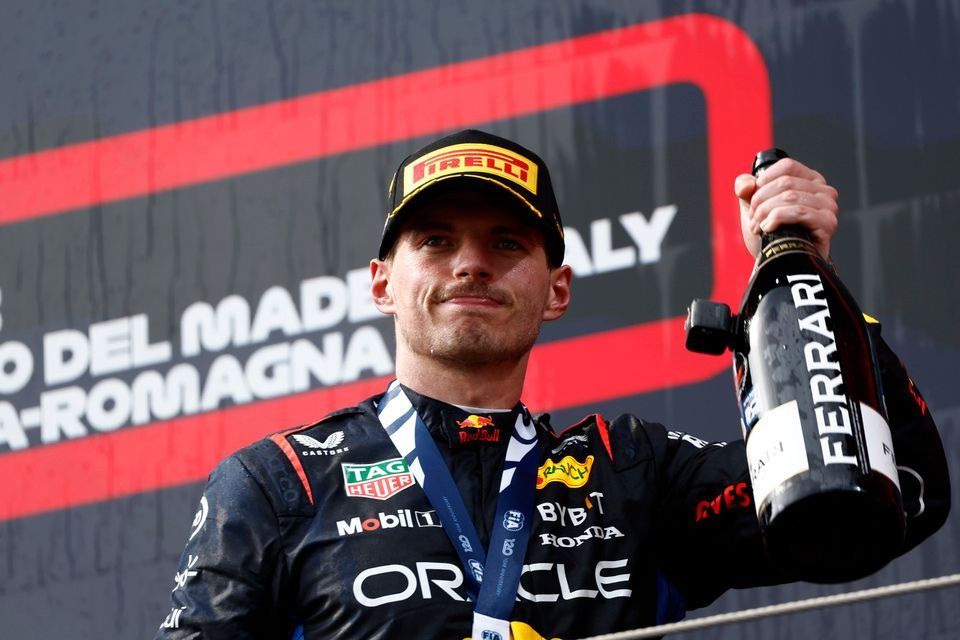
Photo Credit: F1
In a remarkable display of versatility and determination, Red Bull’s Max Verstappen conquered both the physical and virtual racing worlds on the same day. The Dutchman’s whirlwind Sunday began at the Imola Grand Prix, where he secured a hard-fought victory. But that was just the beginning.
Verstappen, often described as a “racing machine,” didn’t rest on his laurels. As the sun dipped below the Italian horizon, he seamlessly transitioned to the digital realm. His destination? The Nurburgring 24 Hours sim race, hosted by iRacing. And not just any split—the top split, where the fiercest competition awaited.
With his trusty Team Redline sim squad, Verstappen embarked on a three-hour stint, pushing the limits of concentration and skill. The BMW GT3 entry became an extension of his racing prowess, as he battled through the virtual twists and turns of the iconic Nordschleife circuit. Two more hours on Sunday morning sealed the deal, propelling his team to victory.
Red Bull’s team principal, Christian Horner, applauded Verstappen’s commitment. “He has won two races today,” Horner declared. “One in a BMW M3 and one in a Formula 1 car.” The pole position at Imola required Verstappen to dig deep, and his performance there was nothing short of a masterclass.
But the real drama unfolded during the Grand Prix. Verstappen faced relentless pressure from McLaren’s Lando Norris in the closing laps. His hard tires struggled to maintain temperature, and the specter of track limits loomed large. Verstappen, already penalized three times for exceeding those limits, couldn’t afford a single mistake. Yet, he delivered brilliantly, keeping Norris just out of DRS range.
Meanwhile, Verstappen’s teammate, Sergio Perez, grappled with a less favorable outcome, climbing from 11th on the grid to eighth. But it was Verstappen’s turnaround that stole the spotlight. Red Bull’s Friday practice had been a disaster, prompting a deep dive into car balance issues. Yet, the team rallied, adjusting setups and finding the elusive sweet spot.
Horner emphasized the collective effort: “The essence of the team is being able to respond when things aren’t going well.” And respond they did. Against all odds, Verstappen clinched victory, defying the analytical odds.
As the dust settled, Verstappen’s name echoed across both the asphalt and the digital circuits. His dual triumph—a real-world win and a virtual conquest—underscored his adaptability, resilience, and unwavering competitive spirit. Whether navigating Imola’s chicanes or the Nurburgring’s pixelated bends, Verstappen proved that he’s more than a driver; he’s a force of nature.
In the annals of racing history, May 19, 2024, will forever be etched as the day Max Verstappen blurred the boundaries between reality and simulation. A racing machine indeed, and perhaps a harbinger of a new era where the roar of engines mingles with the hum of digital circuits.
















